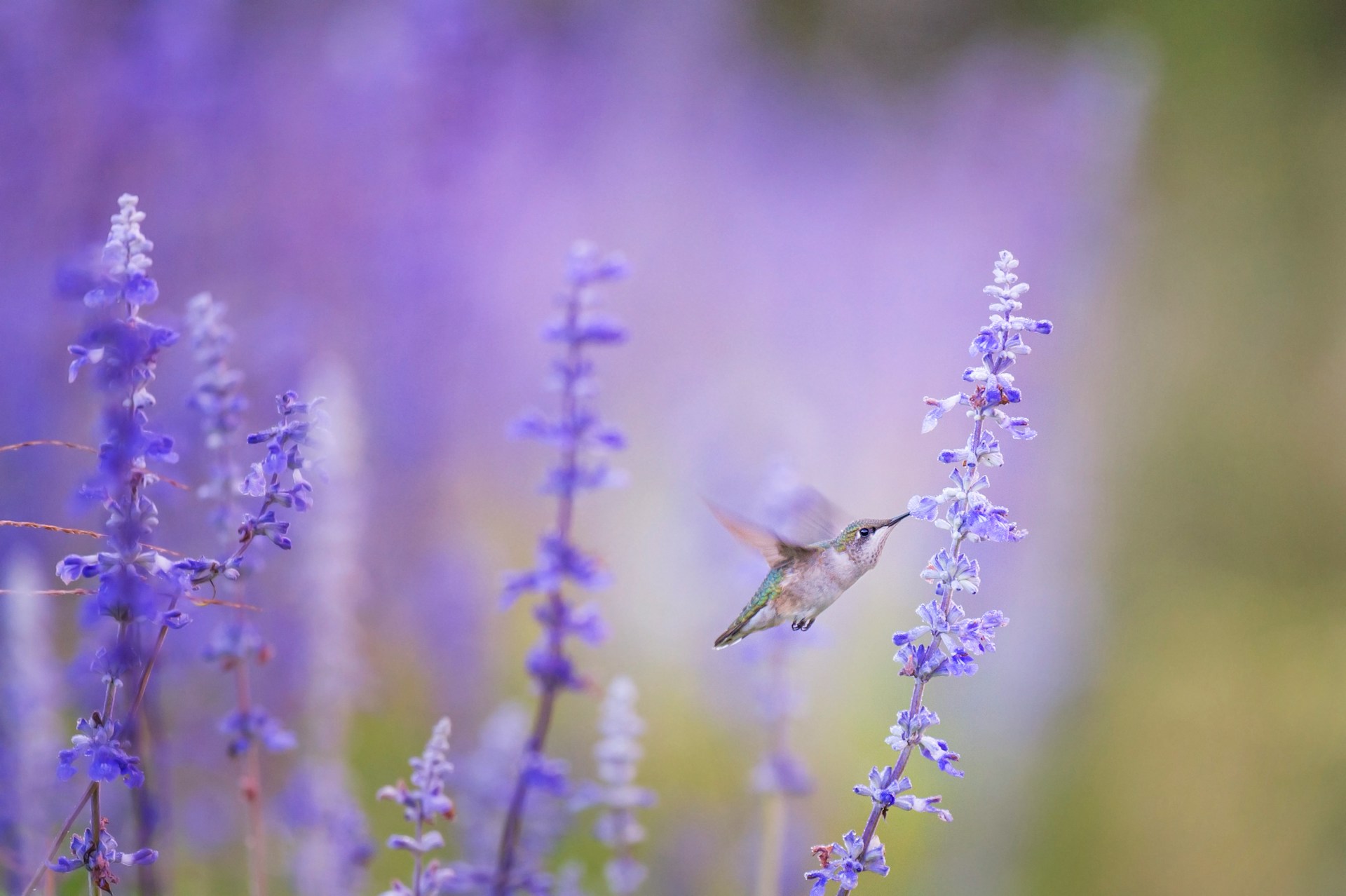Ensuring hummingbird health through proper feeding practices not only sustains their well-being but also enhances the outdoor experience for bird enthusiasts. Renowned hummingbird rehabilitator Jane Doe has dedicated years to studying these fascinating creatures and offers invaluable insights on how to feed them safely. This article delves into the essential practices and ratios for hummingbird feeding mixtures, the risks of improper feeding, and practical tips to ensure a delightful and safe birdwatching experience.
The Importance of Proper Sugar Ratios
Proper sugar ratios in hummingbird nectar are critical to mimic the natural nectar sugar content found in flower nectar. This ensures that the birds get the energy they need without risking their health.
Optimal Mixture: The 1:4 Ratio
Experts recommend a 1:4 sugar-to-water ratio, closely approximating the natural nectar’s sweetness. This mix protects the birds from potential risks:
- It mimics natural nectar sugar content, providing an energy source similar to what they find in the wild.
- It reduces the effects of high sugar concentration, which can harm their kidneys and liver over time.
Jane Doe, a seasoned hummingbird rehabilitator, stresses that deviating from this ratio can lead to severe health issues, including organ damage that is often not immediately apparent.
Potential Compromise: The 1:3 Mixture
While some enthusiasts might consider a 1:3 sugar-to-water ratio, believing it offers more energy, Jane cautions against this. The short-term benefits do not outweigh the potential long-term health risks. Hummingbirds, although highly adaptable, thrive best on a diet that aligns with their natural preferences and physiology.
Risks of Improper Hummingbird Feeding Practices
High Sugar Concentration
Feeding hummingbirds nectar with an excessively high sugar concentration presents several risks:
- While immediate effects of high sugar concentration might not be visible, there is substantial evidence of long-term damage.
- According to Jane, high sugar content can lead to liver and kidney complications, endangering the birds’ health.
- Additionally, sweeter nectar can attract unwanted pests like bees and wasps, creating an inhospitable feeding environment for hummingbirds.
Safety Measures for Feeder Placement
Preventing Window Collisions
Window collisions are a major concern for birds, leading to millions of fatalities annually in the U.S. alone. To minimize this risk:
- Place feeders at least three feet from large windows to reduce the chance of collision.
- Use UV decals or special paint on windows to make them visible to birds, preventing fatal crashes.
- Install external screens or close blinds to diminish reflections that mislead birds.
Hummingbird enthusiast Lisa Green emphasizes that taking such precautions can significantly reduce the mortality rates among these tiny, agile creatures.
Avoiding Red Dye in Nectar
Health Risks of Red Dye
Contrary to popular belief, adding red dye to nectar is not necessary to attract hummingbirds and can pose health risks. Red feeders or ribbons can naturally draw the birds without compromising their health.
Practical Feeding Tips
Feeder Maintenance
Proper maintenance of hummingbird feeders is crucial to prevent mold and bacteria, which can be harmful to the birds. Regular cleaning and using plain white granulated sugar for homemade nectar are recommended. Jane advises:
- Thoroughly wash feeders with hot water and a mild detergent, ensuring no residues remain.
- Rinse feeders well and allow them to dry completely before refilling.
- Change the nectar every two to three days, especially during hot weather, to prevent fermentation and spoilage.
Conclusion
Maintaining hummingbird health requires understanding and adhering to proper feeding practices. By using a 1:4 sugar-to-water ratio, placing feeders safely, avoiding red dye, and maintaining feeders, we can ensure these delightful birds remain healthy and vibrant. Adopting these best practices will not only benefit hummingbirds but also enhance the outdoor experience for all bird lovers.
Gold Nuggets of Advice:
- 1:4 Sugar-to-Water Ratio: Closely mimics natural nectar and reduces the risk of health issues.
- 1:3 Mixture as Compromise: Considered a safer middle ground but still potentially risky; best practice remains 1:4.
- UV Decals on Windows: Prevents hummingbird collisions with windows.
- Avoid Red Dye: Not needed to attract birds and could be harmful.
- Feeder Maintenance: Essential to clean feeders regularly to prevent mold and bacteria growth.
- Plain White Granulated Sugar: Recommended for making homemade nectar, as it is safest for hummingbirds.
By incorporating these guidelines into your feeding routine, you can enjoy the company of these incredible creatures while promoting their health and longevity.

